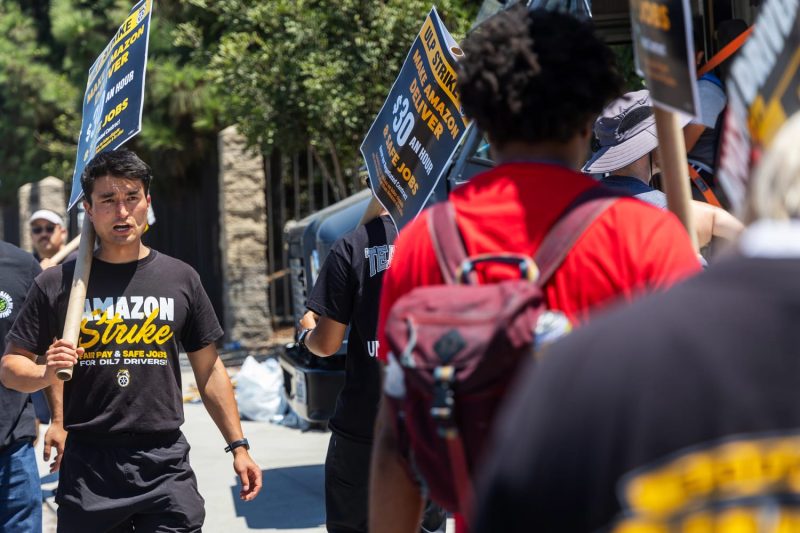Amazon Hikes Wages for Contract Delivery Drivers as Union Pressures Grow
In response to increasing pressure from labor unions and a tightening job market, Amazon has announced a significant wage increase for its contract delivery drivers. This move comes as the e-commerce giant faces mounting criticism over its treatment of workers and efforts to unionize.
The new wage increase will apply to Amazon’s network of independent delivery service providers, which are responsible for delivering packages to customers’ doorsteps across the country. Starting next month, these drivers can expect to see a pay raise of up to $2 per hour, along with additional benefits aimed at improving their working conditions and job satisfaction.
The decision to raise wages for contract delivery drivers is seen as a strategic move by Amazon to retain and attract more drivers amid a nationwide shortage of workers in the transportation and logistics industry. By offering competitive compensation packages, the tech giant hopes to address concerns raised by drivers regarding long hours, demanding workloads, and the lack of job security.
Moreover, the wage hike could also serve as a preemptive measure to offset the growing influence of labor unions within Amazon’s workforce. In recent months, there have been increasing calls for unionization among Amazon employees, driven by concerns over working conditions, pay disparities, and job stability.
By proactively increasing wages for contract delivery drivers, Amazon may be attempting to alleviate some of the discontent among its workforce and stave off unionization efforts. However, it remains to be seen whether these measures will be sufficient to address the deeper structural issues that have fueled worker unrest within the company.
In the wake of this announcement, there has been a mixed response from labor advocates and industry analysts. While some view Amazon’s decision to raise wages as a positive step towards improving working conditions for delivery drivers, others remain skeptical of the company’s motives and question whether these changes will be enough to address the underlying grievances of its workforce.
Looking ahead, Amazon will likely face continued scrutiny over its treatment of workers and efforts to suppress unionization. As the e-commerce industry continues to grow and evolve, the dynamics between employers and employees are likely to become increasingly complex, raising important questions about workers’ rights, labor practices, and corporate responsibility.
In conclusion, Amazon’s decision to raise wages for contract delivery drivers represents a notable development in the ongoing debate over worker rights and unionization within the company. This move reflects the growing influence of labor activism and public scrutiny on Amazon’s operations, highlighting the challenges that tech giants face in balancing profitability with social responsibility in today’s interconnected world.




























